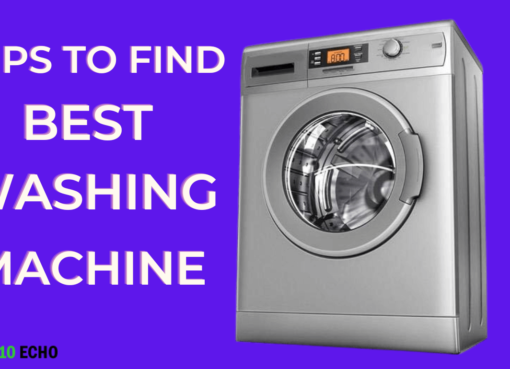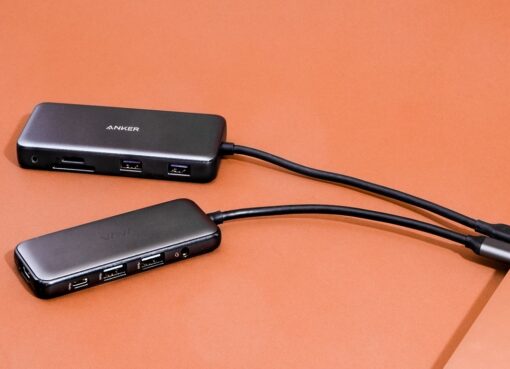Clean room design is a critical aspect of many industries, particularly those involved in advanced manufacturing, pharmaceuticals, electronics, and biotechnology. The key to a successful clean room is maintaining a controlled environment that is free from contaminants such as dust, airborne particles, and microbial organisms. This is where clean room sandwich panels, also known as GMP panels, play a crucial role.
What are GMP Panels?
GMP panels, short for Good Manufacturing Practice panels, are specifically designed to meet the strict requirements of clean room environments. These panels are constructed using high-quality materials that are non-porous, easy to clean, and resistant to moisture and chemicals. This makes them ideal for maintaining a sterile and controlled environment within a clean room facility.

Contamination Control
One of the primary benefits of using GMP panels in clean room design is their ability to create a seamless, airtight barrier that prevents the infiltration of contaminants. These panels are carefully sealed and installed to ensure that there are no gaps or crevices where dust or particles could accumulate. This helps to maintain the integrity of the clean room environment and ensures that products manufactured within the facility meet strict quality standards.
Customization Options
Additionally, GMP panels are highly customizable and can be tailored to meet the specific requirements of a clean room facility. They come in a variety of sizes, thicknesses, and finishes, allowing for flexibility in design and construction. This customization enables clean room designers to create spaces that are optimal for their specific manufacturing processes and workflows.
Durability and Longevity
Another key benefit of GMP panels is their durability and longevity. These panels are designed to withstand the rigors of a clean room environment, including regular cleaning, disinfection, and temperature fluctuations. Unlike traditional building materials, GMP panels are resistant to warping, cracking, and deterioration, ensuring that they maintain their integrity over time.
Cost-Effectiveness
In addition to their durability, GMP panels are also cost-effective in the long run. While the initial investment may be higher compared to traditional building materials, the long-term savings in maintenance and operational costs can be significant. The reduced need for repairs, replacements, and downtime due to contamination issues make GMP panels a wise investment for clean room facilities.

Environmental Sustainability
Furthermore, GMP panels are environmentally friendly and contribute to sustainability efforts in clean room design. These panels are often made from recyclable materials and can be easily repurposed or recycled at the end of their lifespan. By choosing GMP panels for clean room construction, companies can demonstrate their commitment to environmental responsibility and minimize their impact on the planet.
Conclusion
Overall, GMP panels offer a wide range of benefits for clean room design, including superior contamination control, customization options, durability, cost-effectiveness, and sustainability. By choosing GMP panels for their clean room facilities, companies can ensure a sterile and controlled environment that meets the highest standards of quality and safety.


